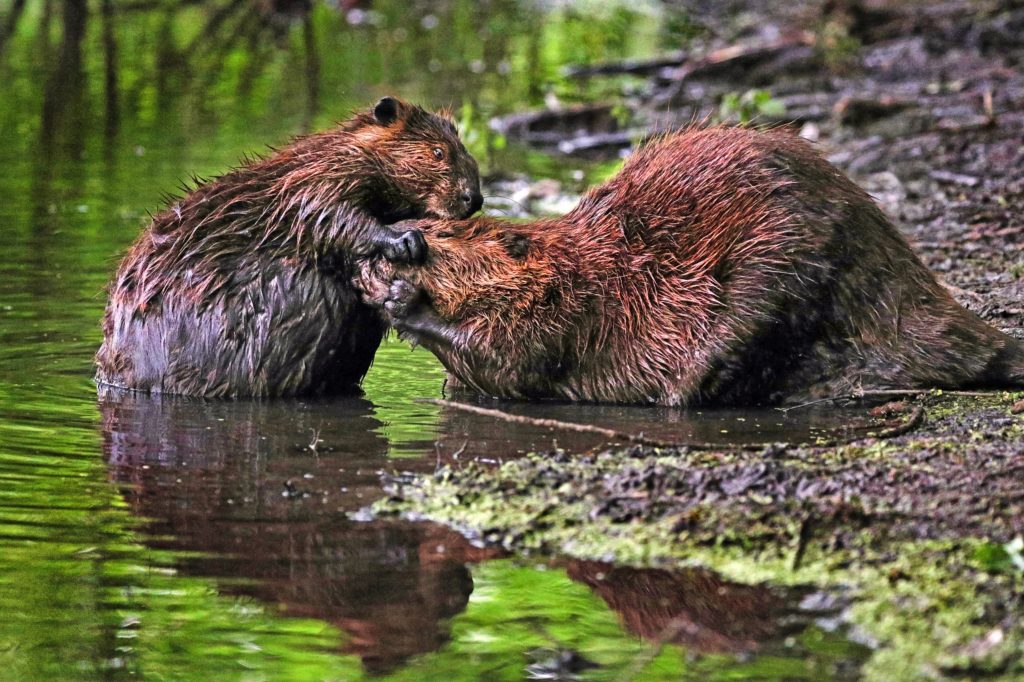-
01.30.21
10:00 am - 4:00 pm

In the Pleistocene era, a mammal that was up to eight feet long and 220 pounds roamed what is now the High Desert and beyond. One incisor tooth excavated from Oregon’s South Yamhill River in 2017 measured three inches long. This massive creature, Castoroides ohioensis, was the giant beaver, ancestor of the modern North American beaver, Castor canadensis.
The giant beaver went extinct 10,000 years ago, and the modern beaver is now the largest rodent on the continent. Despite being smaller and once driven to the edge of extinction, it today has a mammoth-size impact on the American West.
A replica of the giant beaver, as well as the skull of a squirrel-sized Pleistocene relative, will begin the story of this iconic animal in a new, original Museum exhibit, Dam It! Beavers and Us. The exhibition will explore this important member of the order Rodentia and explore the interrelationship of people, beavers and the landscape.
With support from
The National Endowment for the Humanities: Exploring the human endeavor.


